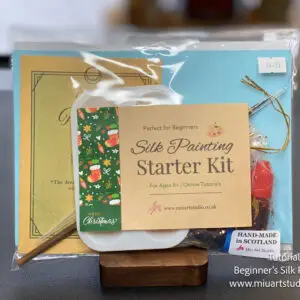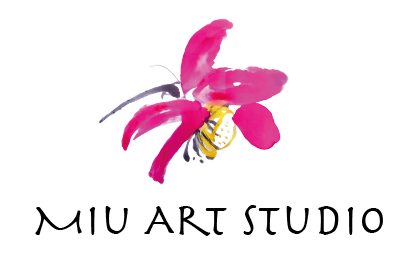Our Location
304 North Cardinal St.
Dorchester Center, MA 02124

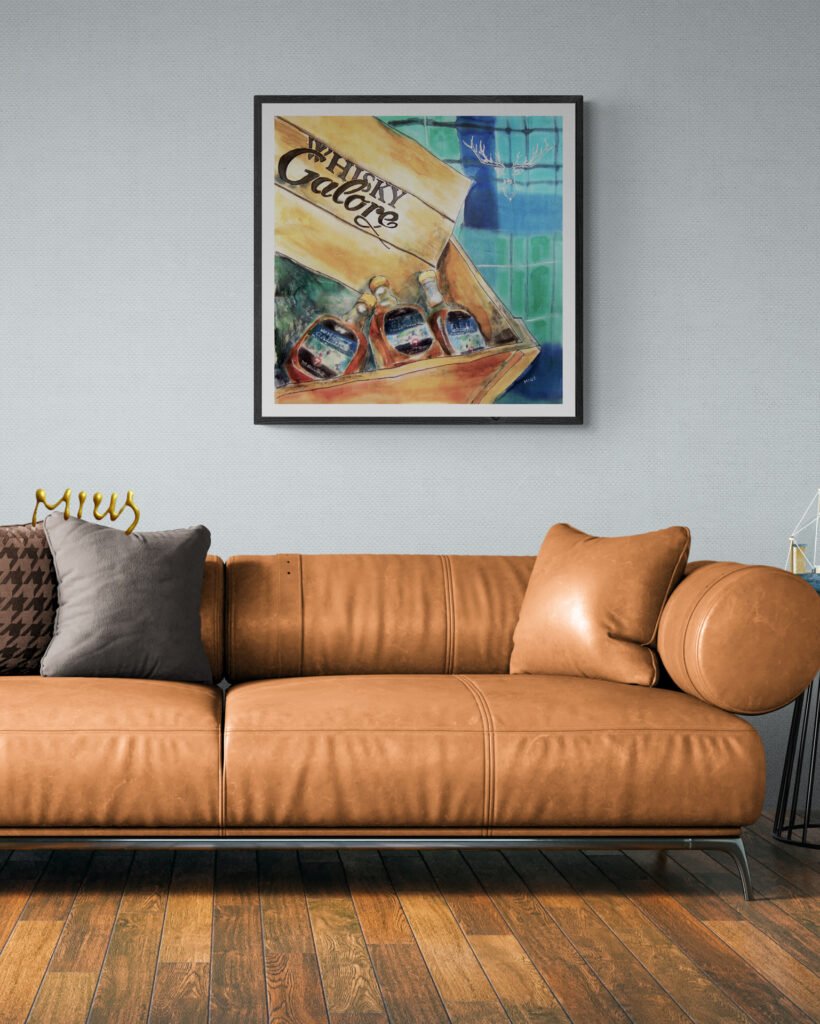
In the art world, both art dealers and artists play pivotal roles, but their business models differ significantly, especially regarding costs and scalability. Art dealers, akin to any merchant, act as intermediaries and therefore, typically do not bear production costs. For artists, particularly those running independent studios, the absence of mass production means grappling with not only operational expenses but also significant time costs—making profitability a challenging feat.
Intermediaries primarily incur sales-related expenses: inventory, commissions, and operational costs. On the other hand, artists face both production and sales costs, especially when they sell their work directly. This dual burden often forces independent artists to manage not only their creative pursuits but also the encompassing realm of sales and administration. When these artists factor these additional costs into their pricing, their artwork or prints may become less competitive in the marketplace.
Despite opting for sales avenues like galleries or online platforms, artists are still subject to sales commissions or service fees, which can substantially erode their earnings. This scenario starkly highlights a core issue: the limited time an individual has cannot be stretched infinitely. Mass-marketing artworks to conform to market-driven pricing and aesthetics might compromise their cultural value, raising questions about the sustainability of such practices.
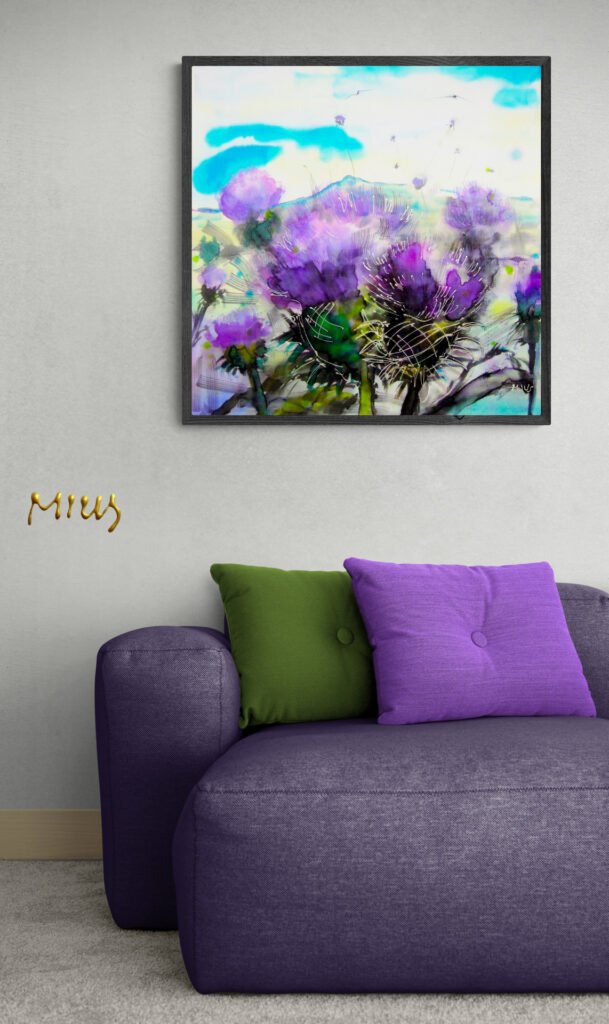
It is undeniable that life fuels creativity. Many artists juggle multiple jobs to support their livelihoods. However, envision a scenario where artists could sustain themselves through their primary expertise alone. This shift would not only ensure a steady income but also enrich their skills and offer a fresh perspective on life’s experiences as potential sources of inspiration.
For instance, consider the medical profession: a medical graduate isn’t expected to find a secondary job to manage bills but rather can earn a living through their primary expertise. Similarly, artists should be able to monetize their creative outputs directly, without resorting to unrelated jobs. The revenue from creative work should be seen not just as immediate income but as an investment in their future career.
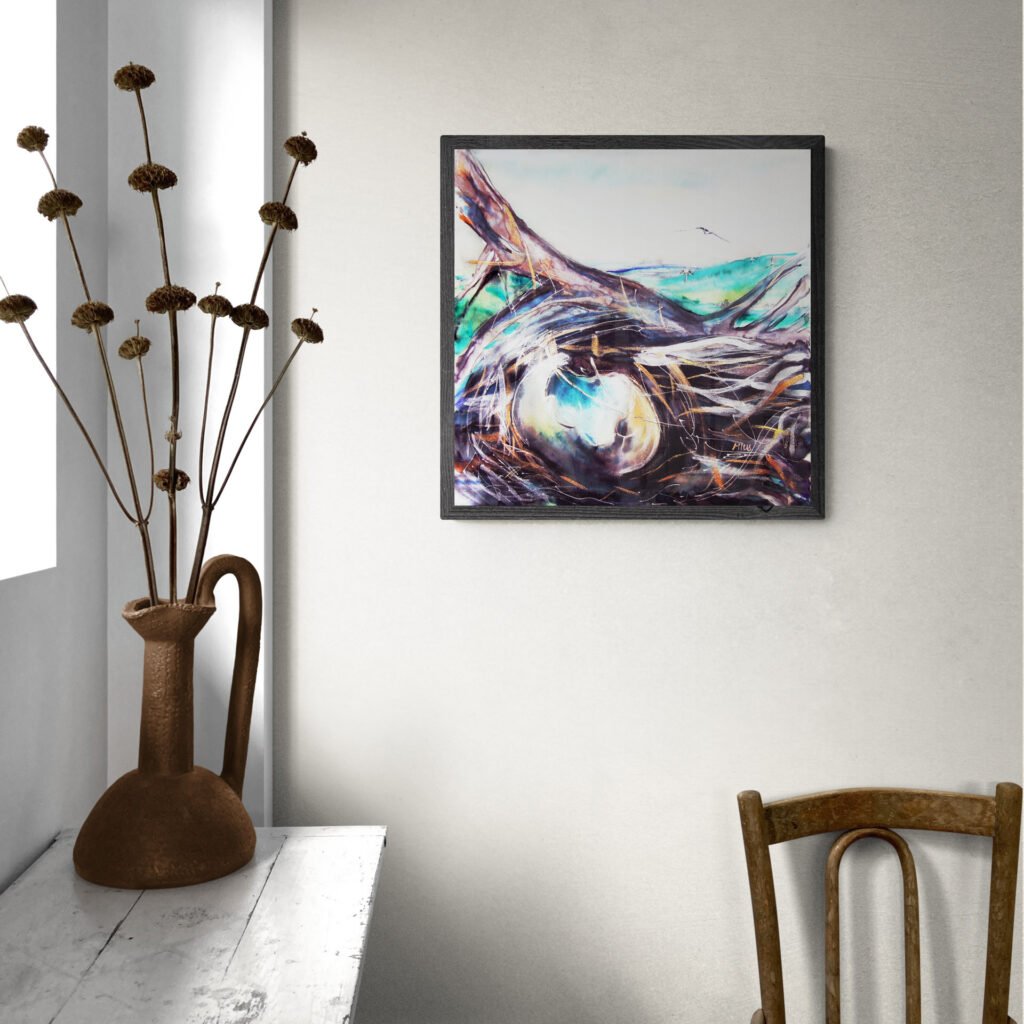
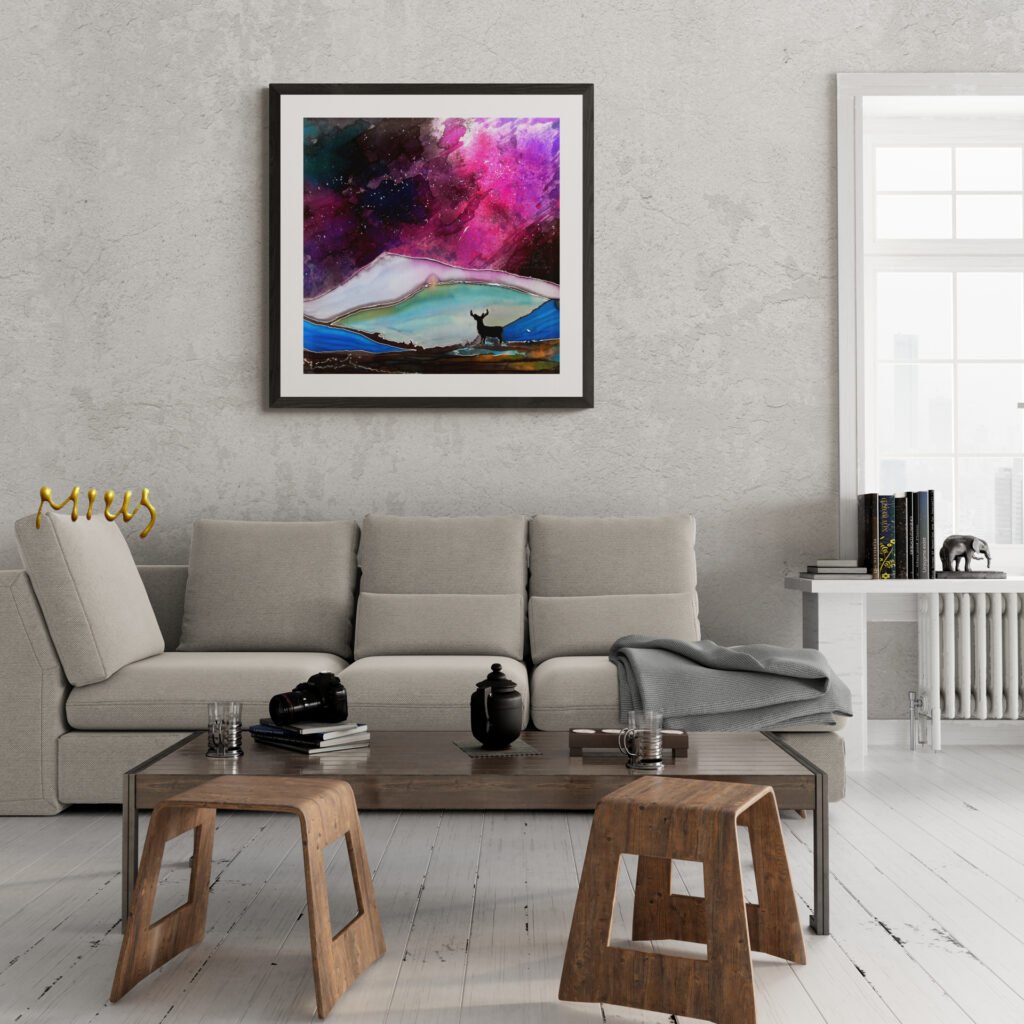
If an art studio could develop a product or service that is inherently profitable enough to cover its bills, this revenue could then support more extensive, investment-heavy projects. This approach would allow artists to focus their efforts and time on refining their craft and developing products closely related to their art, transforming their professional activities into a continuous source of creative inspiration.
The time invested in such endeavors should be viewed as a career investment, not merely an exchange for immediate compensation. This model can provide substantial, appreciable value over time, distinguishing a truly dedicated artist from one forced into multiple roles just to make ends meet.
Every artist should aim to identify and develop a business model that allows them to view time as an investable commodity. Such a model not only secures financial stability but also fosters the creation of culturally significant artworks that transcend the ordinary, ensuring the artist’s legacy in the tapestry of art history.
Embark on a creative journey with our silk painting party kits – simple, fun, and therapeutic! An original and exclusive offering from Miu Art Studio.



